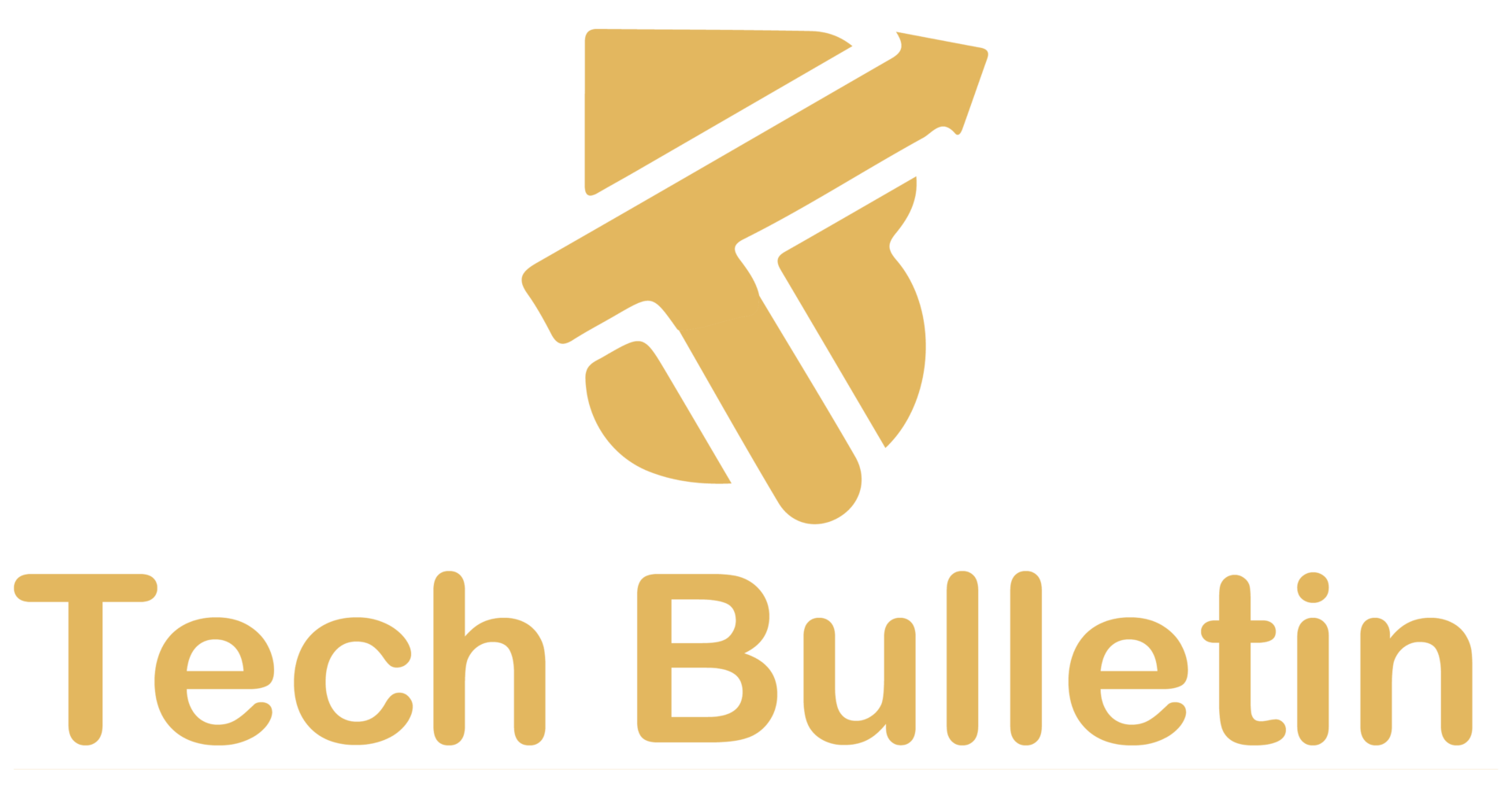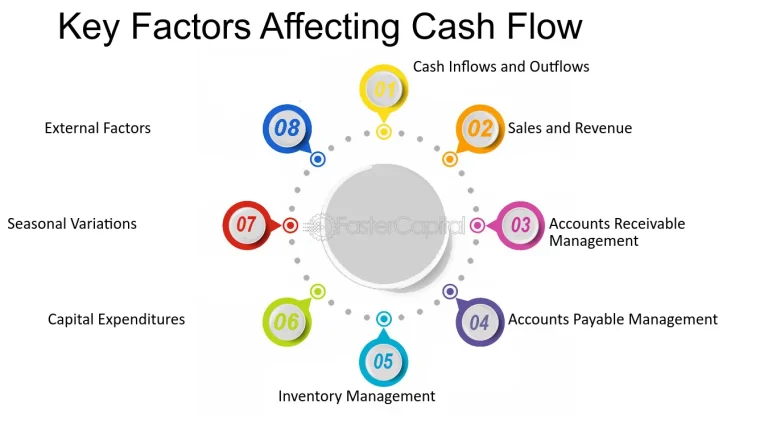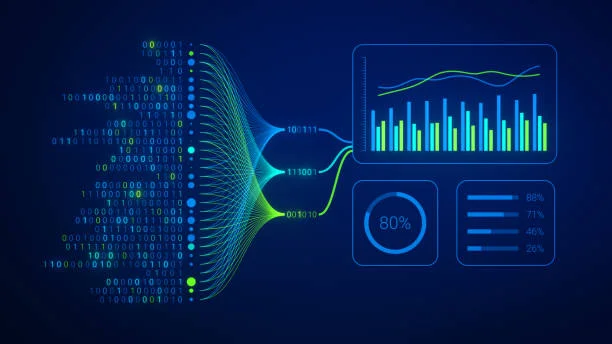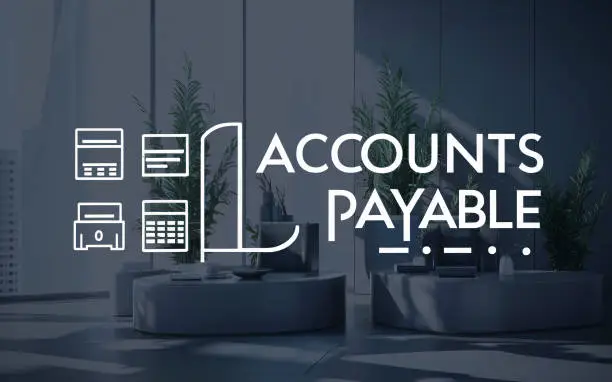The Benefits of Software That Seamlessly Integrates with ERP Systems

Enterprise Resource Planning (ERP) systems act as the central nervous system of a business coordinating finance, HR, inventory, procurement, and beyond. But modern organizations often rely on dozens of applications beyond their core ERP. This is where seamless software integration steps in, enabling these tools to work in harmony.
ERP integration refers to connecting external software with ERP platforms (like SAP, Oracle, NetSuite) to sync data, automate workflows, and enhance visibility. It’s a game-changer for operational efficiency, accuracy, and real-time decision-making.
🛠️ Why ERP Systems Alone Aren’t Enough
While powerful, ERP systems often lack niche functionalities such as:
- Industry-specific modules
- AI-based forecasting tools
- Customer-facing CRM features
- E-commerce connectors
Standalone tools can help, but without integration, you’re stuck with siloed data and duplicated efforts.
That’s why software that seamlessly integrates with ERP systems is crucial.
9 Benefits of ERP Systems

Benefit 1: Centralized Data Management
Integrated software ensures that data from sales, finance, inventory, and other systems flows into a single source of truth. No more reconciling between platforms.
| Without Integration | With Integration |
|---|---|
| Data silos across systems | Unified data repository |
| Duplicate records | Real-time sync |
| Manual updates | Automated processes |
This improves accuracy, efficiency, and accessibility across departments.
Benefit 2: Enhanced Operational Efficiency

Time is money, and integration eliminates repetitive manual tasks.
Examples of enhanced workflows:
- Orders placed on e-commerce sites auto-sync to ERP for invoicing
- HR data updates in payroll systems without extra input
- Inventory changes reflect instantly across supply chain tools
This means faster response times, lower labor costs, and happier teams.
Benefit 3: Improved Decision-Making with Real-Time Insights

When ERP systems integrate with BI tools, analytics platforms, or sales dashboards, decision-makers get instant access to:
- Revenue trends
- Customer behavior
- Product performance
A survey by Panorama Consulting found that 89% of businesses with integrated ERP systems make better decisions within 24 hours of data entry.
Benefit 4: Reduced Manual Errors
Manual data entry is risky—typos, duplications, or outdated records can cost time and reputation.
With ERP integration:
- Data is entered once and shared across platforms
- Workflows are automated
- Human error is minimized
This boosts accuracy in finance, HR, logistics, and beyond.
Benefit 5: Streamlined Financial Reporting
Integrated accounting software works seamlessly with ERP to:
- Reconcile transactions in real time
- Generate financial statements
- Track budgeting vs. actual spending
Result? Accurate, audit-ready reports—without late-night spreadsheet marathons.
Benefit 6: Better Customer Relationship Management (CRM)
When CRM tools like Salesforce or HubSpot connect with ERP:
- Sales teams see real-time stock availability
- Support teams view complete order histories
- Marketing can personalize campaigns with accurate data
Customer satisfaction improves, and churn rates decline.
Benefit 7: Scalability and Growth Enablement
Integrated ERP systems help businesses scale by:
- Supporting multiple currencies and regions
- Automating the onboarding of new vendors or SKUs
- Handling increased volume without needing new hires
Whether you’re a startup or an enterprise, smart integration supports sustainable growth.
Benefit 8: Stronger Compliance and Data Security
Software that integrates well with ERP often includes audit trails, permission controls, and GDPR/CCPA compliance features.
When all tools operate under a unified system:
- It’s easier to monitor access
- Track changes
- Prevent data breaches
Example: An integrated system can auto-flag unusual financial activity across departments.
Benefit 9: Cost Efficiency and ROI Gains

Although initial setup can be pricey, integration quickly pays off:
- Reduced admin costs
- Faster project execution
- Higher productivity per employee
According to Deloitte, businesses see a 20–30% increase in ROI within 12–18 months of ERP integration.
Choosing the Right Software for ERP Integration
When choosing tools, look for:
- ERP compatibility (e.g., SAP, Oracle, Microsoft Dynamics)
- API support or native connectors
- Real-time sync capabilities
- Vendor support and documentation
Top ERP-Compatible Tools:
- Salesforce (CRM)
- Shopify (eCommerce)
- QuickBooks (Accounting)
- Power BI (Analytics)
Implementation Challenges & How to Overcome Them
Challenges:
- High initial investment
- Data migration issues
- Staff training gaps
Solutions:
- Start with a pilot integration
- Work with experienced ERP consultants
- Choose scalable, modular solutions
- Train staff early and continuously
Key Industries Benefiting from ERP Integration
| Industry | Integration Benefits |
|---|---|
| Manufacturing | Real-time supply chain tracking |
| Healthcare | Integrated patient records & billing |
| Retail | Inventory sync with eCommerce |
| Finance | Seamless compliance & auditability |
| Education | Centralized student & staff data |
FAQs
1. What is ERP integration software?
It’s a tool or connector that links other applications (CRM, finance, eCommerce) with your ERP to sync data and automate workflows.
2. What are some examples of integrated ERP systems?
SAP integrated with Salesforce, Oracle with HubSpot, or Microsoft Dynamics with Power BI.
3. Is ERP integration secure?
Yes, especially if tools use encrypted APIs and follow data governance protocols.
4. How long does ERP integration take?
Anywhere from 2 weeks to 6 months, depending on system complexity.
5. What’s the ROI of ERP integration?
Businesses can achieve up to a 30% increase in operational efficiency and see ROI within the first year.
6. Can small businesses afford ERP integration?
Yes! Cloud-based solutions and modular tools make integration scalable even for SMBs.







